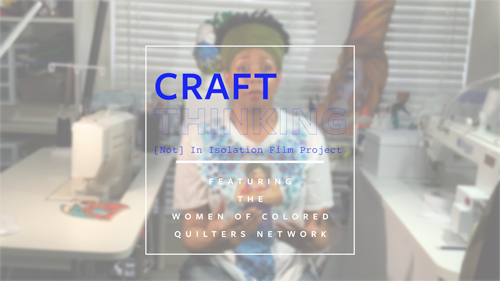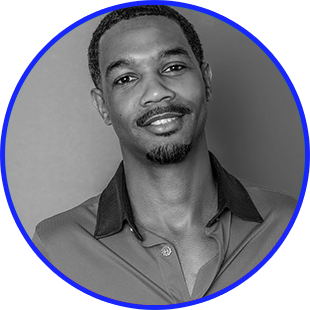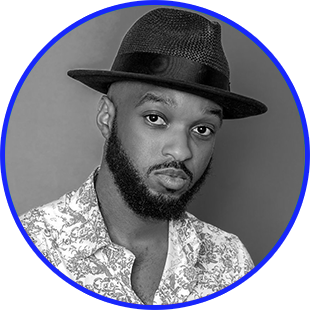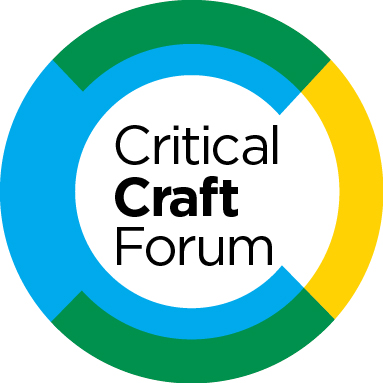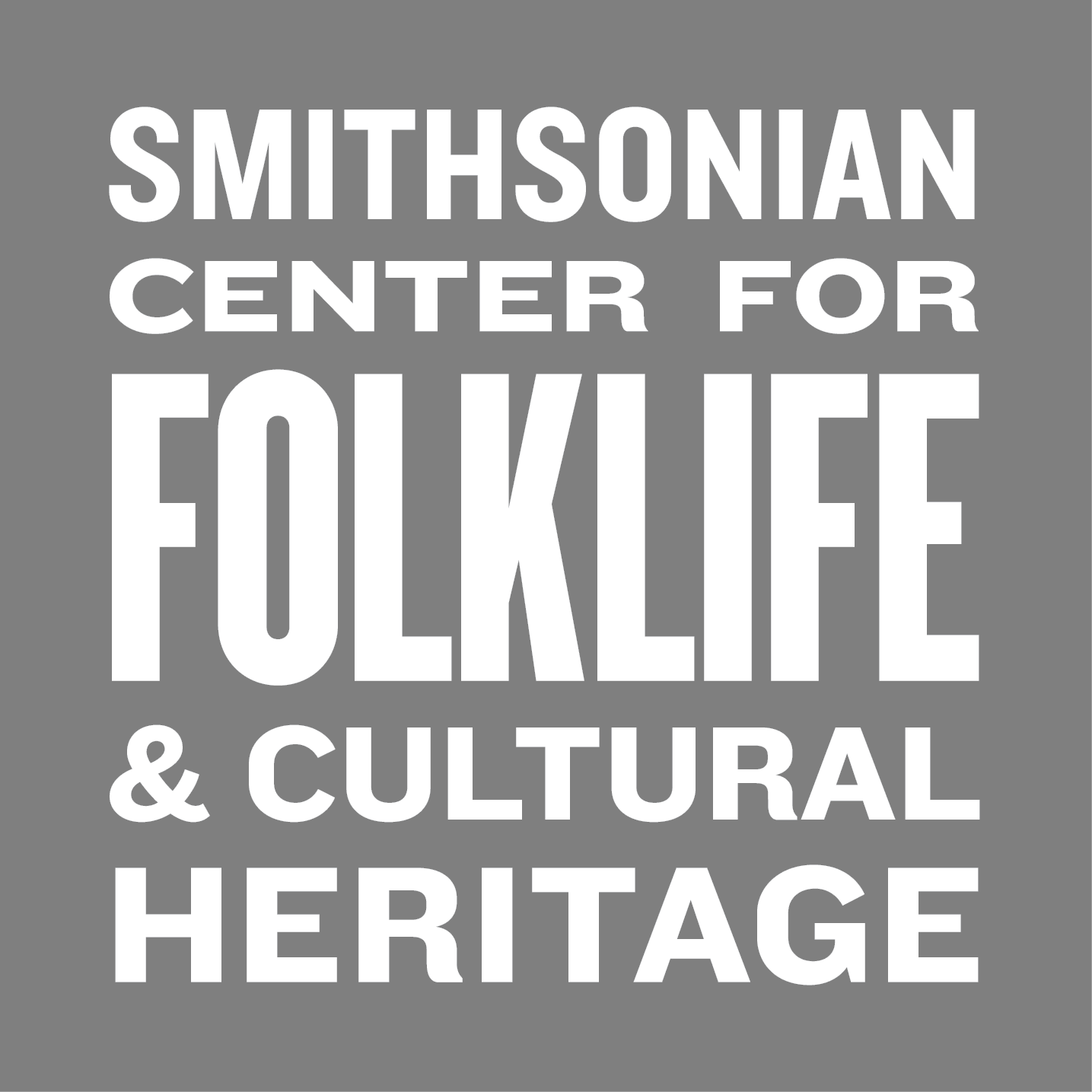American Craft Forum: The Second Series
American Craft Forum: The Second Series
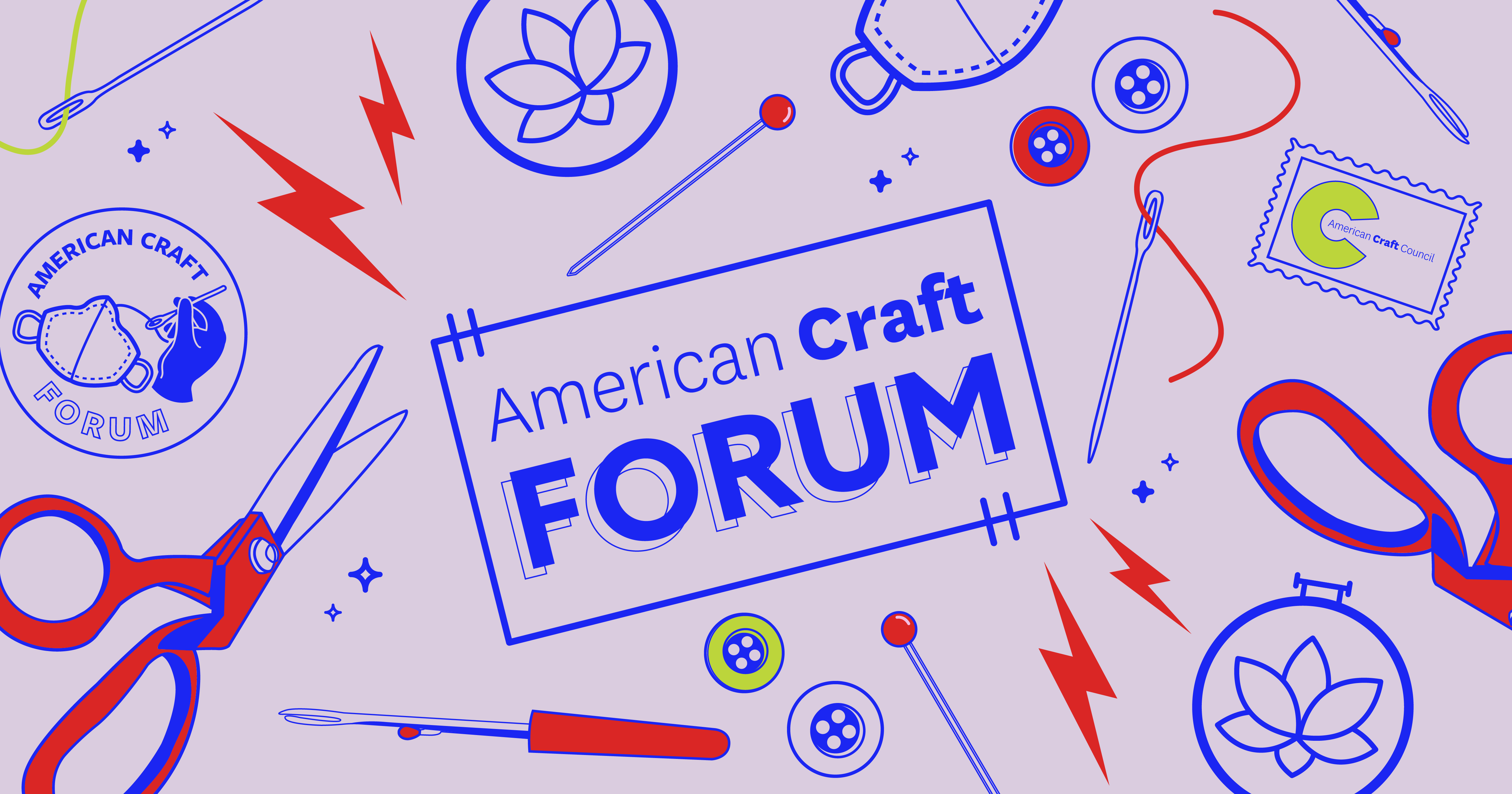
Craft Thinking
May/June 2020
The American Craft Forum returned for a second free series, this time ready to turn up the volume and amplify the varied ways diverse craft communities step up and put artists to work. In our April 2020 series, we heard our communities were hurting and provided avenues for relief. Here, we turned to designing the road ahead.
This series acknowledged the ways craft is standing up and standing out during the global pandemic as makers dig deep into their creative conscientiousness to heal, mend, and build a more resilient and equitable craft ecology.
Part 1: Craft for care and well being
Friday, May 15
View chat transcript | View closed captioning document
We kicked off our series on Friday, May 15, with a conversation around craft as an avenue for care and well being. We explored ways that makers are using their practice both for both self care and in the service of their communities.
Craft can heal. From skill-building to mental health benefits, this statement has been proven again and again. Craft is healing once more during this crisis, with makers stepping up to support our incredible healthcare and essential service workers and envisioning a better world moving forward.
Moderated by Hrag Vartanian, editor in chief and co-founder of Hyperallergic, this conversation featured three craft practitioners and three films from our [Not] In Isolation Film Project, which acted as catalysts for our conversation. We were joined by over 450 participants from all over the country.
Read a reflection on this session by Julia Hirsch, who is a curatorial intern at the Smithsonian Center for Folklife and Cultural Heritage, one of our program partners for this American Craft Forum series.
Participant demographics (self-identified as one or more)
- 85% artists or makers
- 40% educators
- 18% entrepreneurs and writers
- 15% nonprofit professionals
- Less than 12% students, gallery owners, or curators
Participant response
- 88% of attendees found the program informative and inspiring
- 58% felt more connected to new resources and networks as a result of participating in this session
- 66% reported that the program exceeded their expectations
- 85% found the program accessible and inclusive
We asked: What is craft thinking anyway, and how did it show up during COVID-19?
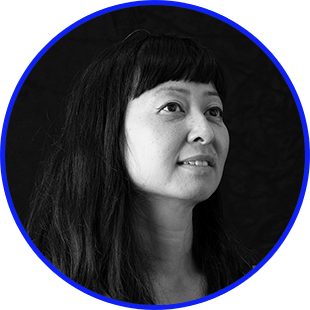
Oakland-based artist Stephanie Syjuco talked about her work making face masks out of green-screen fabric, the shifts that have taken place in mask-making, and the disparity between offering free/donated goods and services and charging for them. She encouraged more conversation around rethinking the support cycles of “compensation, donation, and production.” @ssyjuco
You asked: Is there any advice you have regarding mask distribution? How were you making sure that your masks got to the right people? Start local in your own neighborhood, family, and community and scale up as needed or able. Check out national calls for masks. The need is still very real and there are many ways to help.
We asked: What can craft do when we use it to solve a social issue?
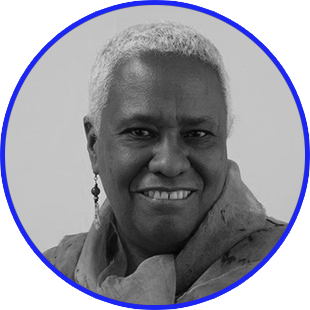
Karen Hampton, weaver, storyteller, and assistant professor of fibers at MassArt, discussed her work responding to the lives of her ancestors and the idea that work being produced now has the power – and responsibility – to act as a catalyst for change to build a better future: “The job of artists now is to start changing the narrative.” @k.d28
You asked: How is this pandemic going to change the landscape of the art community? How will it be different? And how do you hope that it will be different? With the closing and restructuring of so many art galleries, the focus will shift to public art and pieces that are more accessible and community-based. The need for this type of art will rise.
We asked: What roles will craft play beyond this current humanitarian crisis to help us heal and to mend?
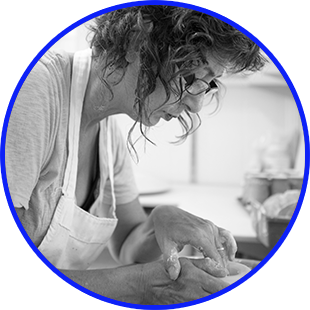
Holly Hanessian, designer, artist, educator, and president of the National Council on Education for the Ceramic Arts (NCECA), talked about her work developing her multi-year project, Touch In Real Time, and the relationship between touch, healing, and self care: “Tactile experiences are an elemental part of being human.” @hahaworks
You asked: How has Touch in Real Time changed since COVID-19? What will happen with this project in the future? Thinking about all the people we have lost through this outbreak underscores the need to capture the touch of someone at the end of their life as a source of comfort and memory. This project may live on with a focus on the resulting object acting as a last moment of contact with loved ones.
Other questions and comments from our discussion:
- Material for mask-making is becoming more and more scarce. Are there alternate materials or methods available?
- Volunteer work is being highlighted more than ever during this crisis as important and necessary. Why isn’t the same type of work paid a living wage in the marketplace? The observation was made that, in many cases, volunteering is an act of privilege.
- In this new mask-wearing world we live in, we need to acknowledge that not everyone is seen in the same light. How can we address the concerns of people of color who fear being targeted for wearing masks?
- How does the craft/arts community pivot from addressing the immediate need to create personal protective equipment (PPE) to critiquing and the instigating change in the political and business policies that gave rise to this need?
- The phrase “return to normal” is tossed out a lot right now. How can we take this a step further and “create the conditions for change” to “evolve to something better?”
- Could craft create the vision for what a “better world” would look like?
Moderated by:
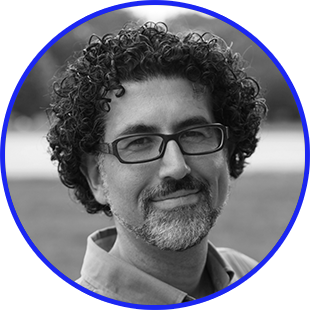
Hrag Vartanian, editor-in-chief and co-founder of Hyperallergic. Hrag is an art critic, curator, artist, and lecturer on contemporary art with an expertise on the intersection of art and politics.
@hragv @hyperallergic
Read more from Hrag in American Craft: "Why Craft Matters"
Featured short films:
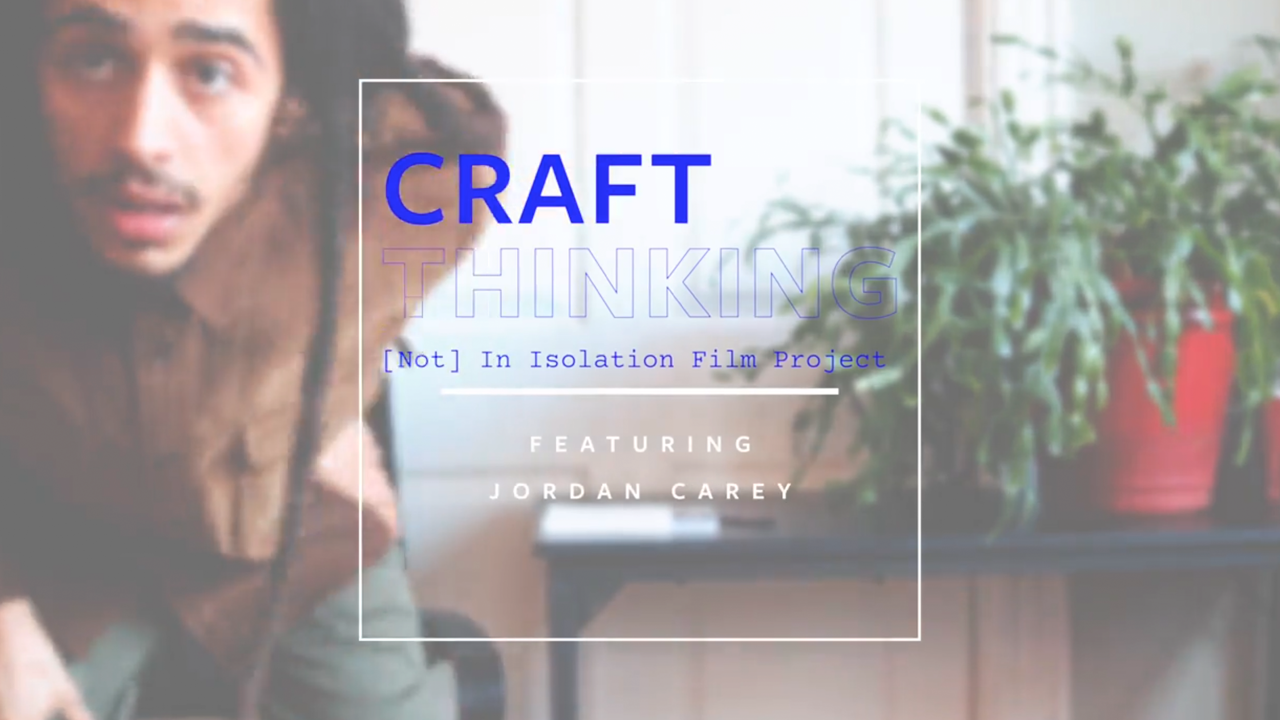
Jordan Carey, Loquat (Portland, Maine)
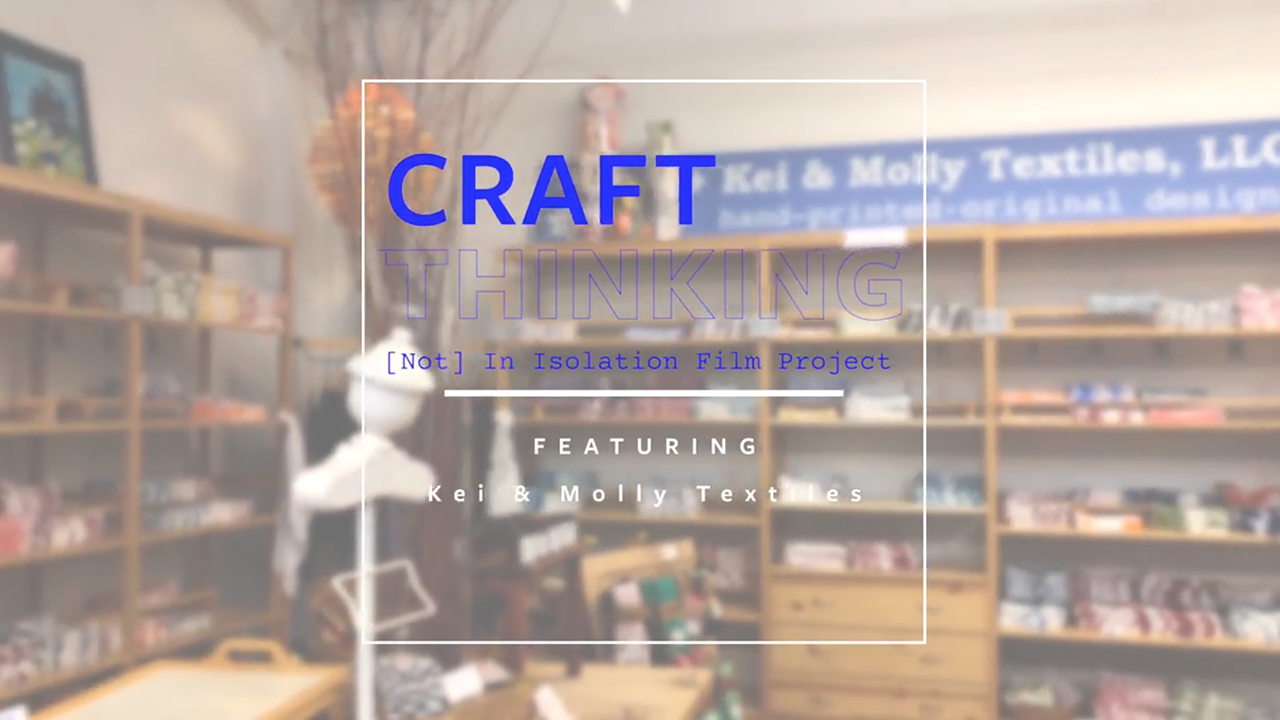
Kei & Molly Textiles, LLC (Albuquerque, New Mexico)
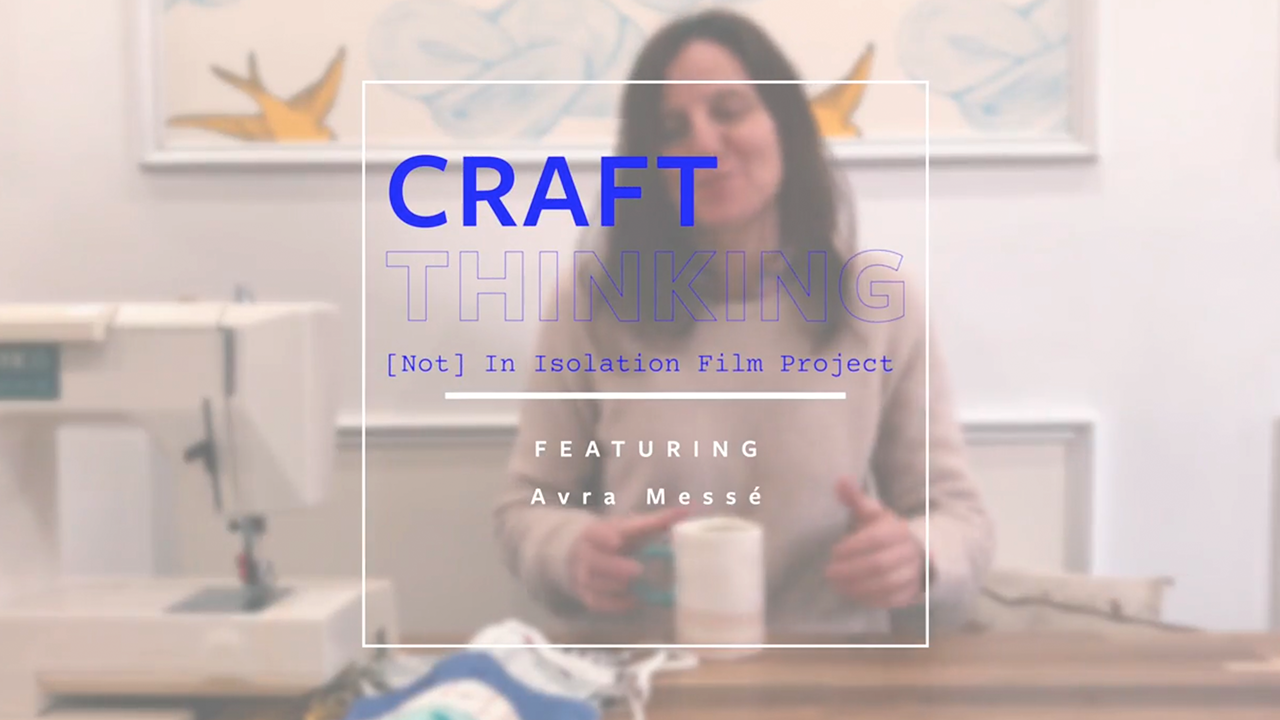
Avra Messé (Brooklyn, New York)
Featured mixologists:
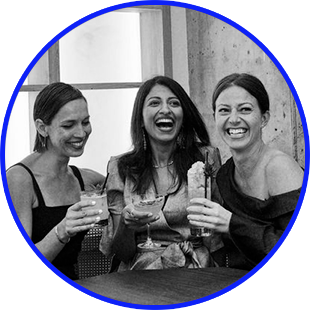
Shoots & Roots Bitters helps you stir up your own stay-at-home cocktail with a new recipe each week inspired by the topics at hand.
@shootsandrootsbitters
This week's recipe: Anti-allergy botanicals in a strawberry shrub (with variations)
Part 2: (Re)centering craft in our social lives
Friday, June 12
View chat transcript | View closed captioning document
The second series of the American Craft Forum continued on Friday, June 12, with a conversation around craft as a social practice art form. Responding to the COVID-19 outbreak, and also in the wake of the tragic death of George Floyd and the resulting protests taking place all over the country, we explored the many ways that makers are using their practice to advocate for underrepresented voices and create space for equity.
Moderated by Hrag Vartanian, editor in chief and co-founder of Hyperallergic, this conversation featured three craft-based scholars and curators inspired by, and reflecting on, three films that are part of ACC’s [Not] In Isolation Film Project (produced with generous support from the Windgate Foundation). We were joined by over 350 participants from all over the country, submitting their comments and questions via an online chat room.
Read a reflection on this session by Mya Lewis, who is a curatorial intern at the Smithsonian Center for Folklife and Cultural Heritage, one of our program partners for this American Craft Forum series.
Participant demographics (self-identified as one or more)
- 71% artists or makers
- 36% educators and students
- 20% nonprofit administrators/staff
- 16% writers
- 16% curators
- 9% entrepreneurs
- 5% gallery owners
Participant response
- 95% found the program accessible and inclusive
- 91% of attendees found the program informative and inspiring
- 79% felt more connected to new resources and networks as a result of participating in this session
- 77% reported that the program exceeded their expectations
We asked: What social experiences have we built/can we build together in this new space?
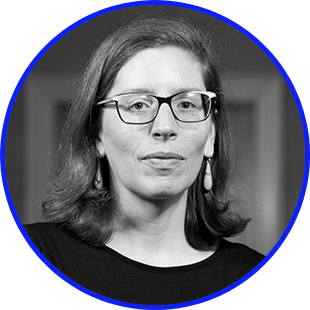
Artist, researcher, and kite flyer Darrah Bowden talked about her research on the craft of kites, both as handmade objects and as a cultural activity. Bowden specifically focused on the Great Boston Kite Festival (now known as the Kite & Bike Festival), started in the 1960s, as an example of how kites and kite flying brought communities together in “collective joy.” @deebalm
You asked: To what ends did Harvard’s Graduate School of Design utilize kites and kite making and design? The kite festival as part of the curriculum was the brainchild of Benjamin Thompson, then the director of the Harvard Graduate School of Design, and only took place for one day, for a handful of years.
We asked: What other areas is craft thinking applicable to, and what will we address next?

Dr. Diana Baird N’Diaye (pron: EnJIYE), textile artist, cultural heritage specialist, and senior curator at the Smithsonian Center for Folklife and Cultural Heritage, shared her work around African American dress, apparel, and hair styling as an important form of storytelling, as well as a special project that she has been working on for the last few years, the “Mending Blind,” as a safe space that plays against the traditional “hunting blinds” used by hunters to conceal their presence in the environment. @dndiaye
We asked: How do we re-design curation/voice amid all of this?
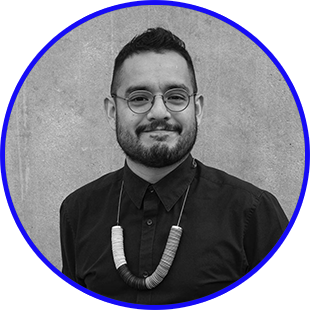
Curator of public engagement at Craft Contemporary and artist Andres Payan Estrada discussed the present and future of craft and curation, particularly in light of the events of the past few weeks and months. In particular, Payan Estrada is looking at ways to redesign curation to be more equitable, citing a couple of artists (Gala Porras-Kim and Kahlil Robert Irving) from a group exhibition he curated at Arizona State University, “Total Collapse: Clay in the Contemporary Past.” @andres_payan
You asked: What are some challenges institutions face with how they choose to frame and promote events and exhibitions? How can institutions present material that is sensitive to the makers? It requires more collaboration and conversation with the maker to fully understand the breadth of what they are trying to convey through their work. Focus the presentation on their voice and their perspective, linking them and your institution directly with their community.
Closing remarks:

We were also joined by multi-media maker, scholar, and ACC trustee Sarah K. Khan, who provided a wonderfully eloquent synopsis of this session. She emphasized that the depth of conversation with the presenters “[gave] us permission to [also] be layered, to share our full selves, and to fly – to fly freer than the kites – to break soil, too sew, S-E-W, and to sow, S-O-W, and to be cognizant of blindness ... and to look into the future and shape a different kind of reality than the one that many of us are facing today.” @sarahkkhan
While the wonderful presentations given by our panelists took up much of our time, there was a lively discussion and commentary being held through the chat room feature. We encourage you to check out more conversation and resources shared by our audience in the chat room transcript.
Moderated by:

Hrag Vartanian, editor-in-chief and co-founder of Hyperallergic. Hrag is an art critic, curator, artist, and lecturer on contemporary art with an expertise on the intersection of art and politics. @hragv @hyperallergic
Read more from Hrag in American Craft: "Why Craft Matters"
Featured short films:
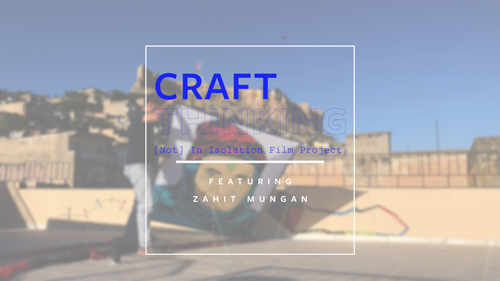
Zahit Mungan (Mardin, Turkey)
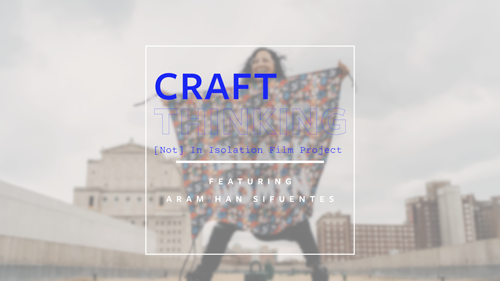
Aram Han Sifuentes (Chicago, Illinois)
Featured mixologists:

Shoots & Roots Bitters helps you stir up your own stay-at-home cocktail with a new recipe each week inspired by the topics at hand. @shootsandrootsbitters
This week's recipe: Ica Shuffle with Damiana Leaf-Infused Pisco and Xocolatl Bitters
Part 3: Design solutions for an equitable and sustainable craft economy
Friday, June 26
View chat transcript | View closed captioning document
On Friday, June 26, we gathered virtually for our third program on craft thinking, wrapping up the second series of the American Craft Forum. This session explored ideas around the marketplace in the age of COVID-19 and a post-pandemic world. What does the future look like for brick-and-mortar shops? Art fairs? E-commerce? What will participation look like in those spaces? How will we design for safety, success, equity, and access? Our final group of presenters discussed how craft can play a role in reshaping and rebuilding economies.
Moderated by Hrag Vartanian, editor in chief and co-founder of Hyperallergic, this conversation featured three craft-based organizers and entrepreneurs, with three films from our [Not] In Isolation Film Project (produced with support from the Windgate Foundation) providing inspiration for our discussion. We were joined by more than 230 participants from all over the country who submitted their comments and questions via an online chat room.
Read a reflection on this session by Emma Efkeman, who is a cultural sustainability intern at the Smithsonian Center for Folklife and Cultural Heritage, one of our program partners for this American Craft Forum series.
Participant demographics (self-identified as one or more)
- 80% artists/makers
- 39% educators/students
- 25% entrepreneurs
- 13% nonprofit professionals
- 13% writers/curators/publishers
Participant response
- 73% of attendees found the program informative and inspiring
- 73% felt more connected to new resources and networks as a result of participating in this session
- 70% found the program accessible and inclusive
We asked: Can we find resiliency in a collective approach?
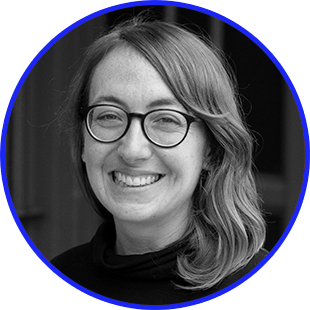
Katy Stanton, program and membership director at Urban Manufacturing Alliance, talked about the work that UMA does with collaborative partnerships and storytelling. She highlighted two different approaches to their work through local branding efforts (e.g. SFMade and Made in Baltimore) and how community lenders are centering inclusion and equity in their practices. @katy.stanton
You asked: Does UMA track successful business models that entrepreneurs have used in the past? While UMA does not track those specifically, local branding organizations such as Made in Baltimore, SFMade, and Made in NYC might be good places to start searching for that information.
Dominick Davis and Steven White are makers, designers, entrepreneurs, and co-owners of DifferentRegard in Baltimore, a sustainable clothing manufacturer that pivoted with the pandemic to making fashion-based PPE masks and gowns. @differentregard
You asked: Do you address the political nature of mask-wearing by the BIPOC community, specifically by Black men, who may encounter animosity for wearing a mask? It’s one of the reasons why they are passionate about creating designer masks, which provide a sense of individuality, avert judgement, and make the wearer more approachable. Dominick and Steven hope that these masks remove barriers for BIPOC individuals to be both safe and healthy.
We asked: What does participation look like now?

Keith Recker discussed the many facets of his work in the craft field as an author, color forecaster, editor and founder of HAND/EYE Magazine, editor of TABLE MAGAZINE, and creative director of Sante Fe-based International Folk Art Market. Specifically through his work with TABLE, Recker encourages us to consider how to use our digital platforms to connect to makers, events, and market opportunities for artists. @thechromosapien
You asked: What are the opportunities and challenges for makers stepping into an online marketplace? Photography and marketing. Invest in professional photos of your work and learn how to put them to use, both in your shop and in your marketing campaign. Use the tools and resources of the time (social media and email are huge) and to take a few cues from retailer models.
We asked: What is the future of ecommerce post-pandemic and in what types of spaces do we expect to see artists' stories and brands emerge?

Vallejo Gantner, artistic executive director of the Onassis Foundation and cofounder of Hireartists.org, talked about two aspects of his work right now: the Onassis Foundation has started considering what work will be like post-pandemic and created a program called “Enter” that supports both artists and audiences through “micro-commissions;” Hireartists.org focuses on the other skills that artists bring to the table besides making, acting as a connecting platform for individuals to get both creative and practical help. @hyperjetlag @hireartists
You asked: Are you surprised by what people are looking for and what types of services they will pay for through Hireartists.org? Originally, the thought was that people would hire someone for a need (e.g. help with accounting, language lessons, etc.), but it turns out more and more people are investing in activities and lessons based on creativity and whimsy – things they want to do (e.g. virtual DJ, magic lessons, etc.).
While the wonderful presentations given by our panelists took up much of our time, there was a lively discussion and commentary being held through the chat room feature. We encourage you to check out more conversation and resources shared by our audience in the chat room transcript.
Moderated by:

Hrag Vartanian, editor-in-chief and co-founder of Hyperallergic. Hrag is an art critic, curator, artist, and lecturer on contemporary art with an expertise on the intersection of art and politics. @hragv @hyperallergic
Read more from Hrag in American Craft: "Why Craft Matters"
Featured short films:
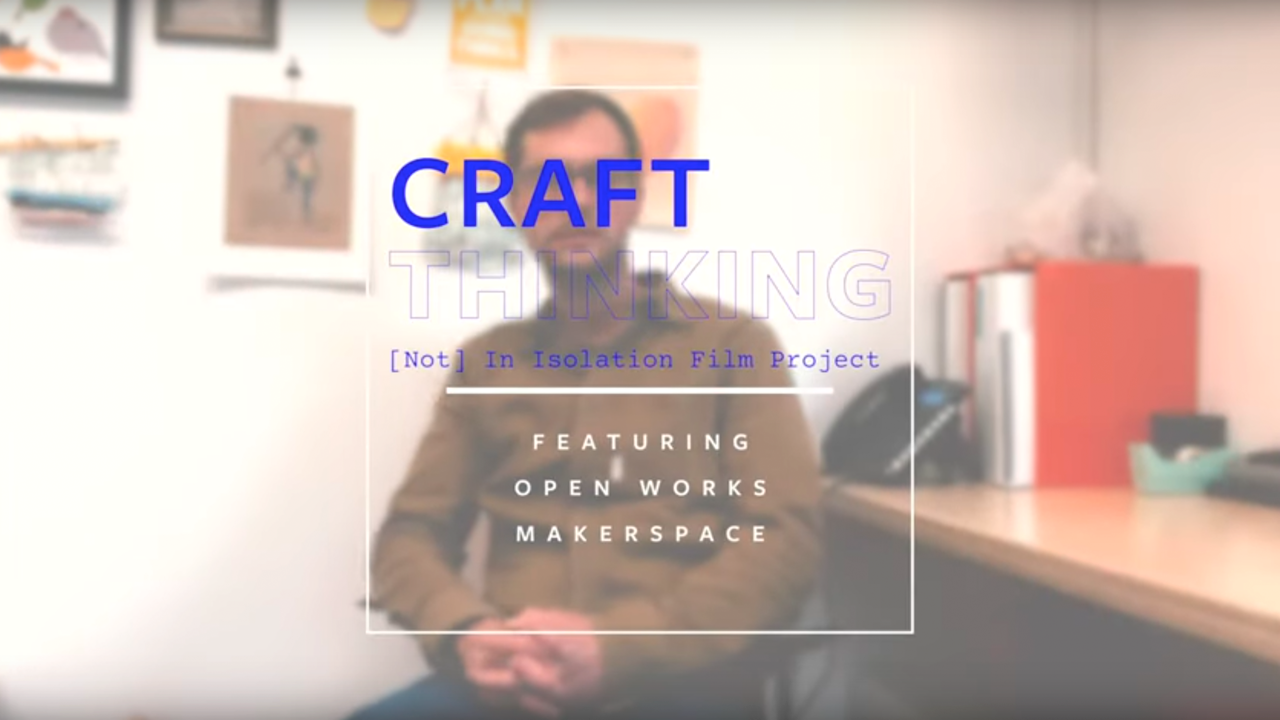
Open Works (Baltimore, Maryland)
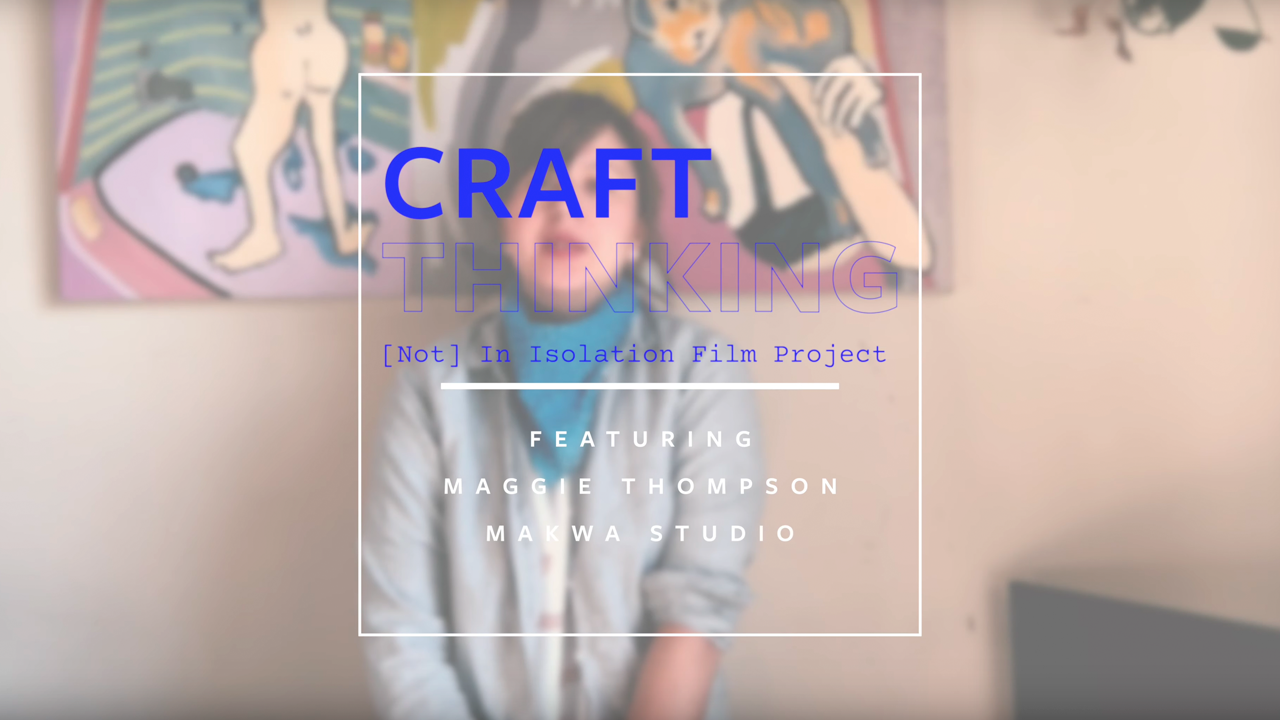
Makwa Studio (Minneapolis, Minnesota)
Featured mixologists:

Shoots & Roots Bitters helps you stir up your own stay-at-home cocktail with a new recipe each week inspired by the topics at hand. @shootsandrootsbitters
This week's recipe: Aloe Cooling Bitters Liqueur
Presented in collaboration with
